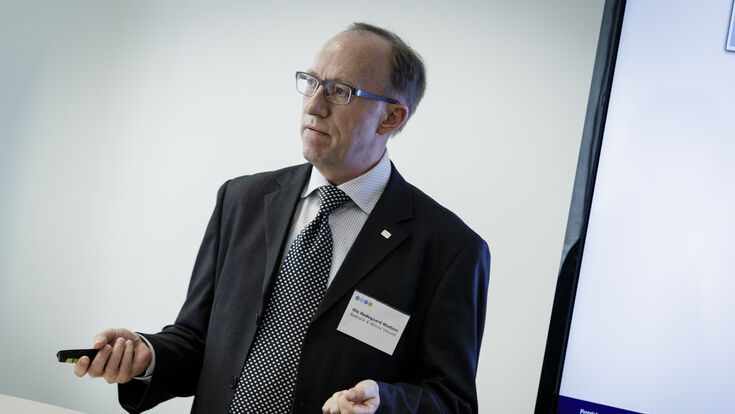Within this closed loop, are there still emissions?
Yes; there will still be some emissions. Looking towards the future, there will be more source separation of waste. We have more advanced sorting technology. We are investing a lot of money in the waste upstream and one of the positive things about that is that it gives you more opportunities downstream, because out of these processes you get cleaner waste streams and some of them will be feasible to put into a system like chemical looping. But of course, it’s still waste. Also, with other technologies like pyrolysis: even if the plastic goes in a loop, the additives to the plastic don’t magically disappear. It’s similar with the fuel for our chemical looping process: we typically used wood waste that will contain small amounts of chloride, sulphur and also some metals. These minor substances will still be there after combustion. So, the CO2 flue gas coming out of the reactor still has to be cleaned, but now the flow is only 20 per cent instead of 100 per cent because we don’t have all this nitrogen.
But it’s much more economically efficient to clean the flue gas without nitrogen.
So for most fuels you still have to clean the flue gas for those substances because the fuel itself contains them, but it’s much easier to remove.
When did Babcock & Wilcox get involved in the project with Ohio State University?
Ohio State started chemical looping research around 2004 with a laboratory scale project, and built a pilot plant in 2008. In 2014 B&W built a more industrial standard pilot plant, and in 2016 the testing was done with the new particles. Our next step is to build a demonstration plant at 2.5 to 25 megawatts thermal input, probably at an existing site to benefit from the existing auxiliary equipment. It’s a modular system so it’s quite easy to go up in size. Also, all the technology used is well-known and tested. So, the thermal input can go up to 100 megawatts.
How important will chemical looping be for waste to energy in the future?
It could be quite big, because in Europe and to some extent in North America, a lot of effort is put into sorting the waste. Out of that a lot of waste will actually be recycled. But a certain amount of waste will remain unrecyclable. So, this waste stream can be treated with new technologies like chemical looping or pyrolysis.
Even if we recycle 50 per cent, there will be a certain amount that cannot be recycled. If you look at Europe, 25 per cent of waste still goes to landfill. So there are opportunities for new technologies.




